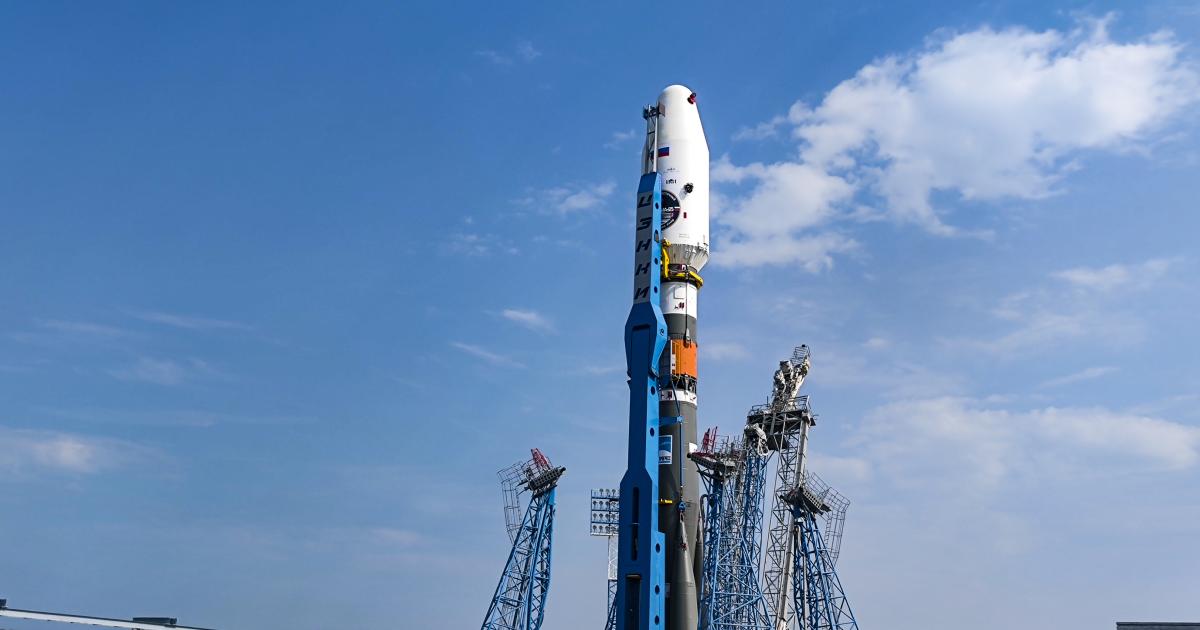Russia is embarking on a lunar mission in an effort to reaffirm its global dominance following its conflict with Ukraine. The Luna-25 spacecraft, carried by a Soyuz 2.1v rocket, will be Russia’s first lunar expedition since 1976. The mission’s objective is to land the spacecraft on the south pole of the Moon and excavate water ice deposits below the surface. The launch can be streamed live here.
Scheduled to take place at 7:10 pm Eastern time, the Soyuz 2.1v rocket will depart from the Vostochny spaceport in eastern Russia. If successful, this will be the first-ever soft landing of a spacecraft on the Moon’s south pole. NASA’s announcement in 2020 about the presence of water molecules on the Moon’s sunlit regions has heightened the significance of this endeavor. Accessible water resources would be a game-changer for future lunar missions, providing crucial life support, hydrogen fuel, and potentially enabling agriculture.
In addition to scientific exploration, Russia’s lunar mission serves as a statement of power amidst Western sanctions imposed after its invasion of Ukraine in 2022. Symbolically harkening back to the Soviet Space Program, the Luna-25 spacecraft draws inspiration from its predecessor Luna-24, which collected samples during a 13-day mission to the Moon in 1976. By referencing an era when the Soviet Union was a global superpower, Russian President Vladimir Putin aims to project an image of Russian preeminence.
The Luna-25 mission is also engaged in a friendly competition with India. India’s Chandrayaan-3 mission was launched on July 14th and recently entered the Moon’s orbit. It is expected to reach the Moon’s south pole on August 23rd. The Luna-25 spacecraft will take five days to reach its destination and is projected to spend an estimated five to seven days in orbit before landing. Thus, the Russian lander is anticipated to reach the Moon around the same time as India’s mission, if not slightly ahead.
Upon arrival, the Luna-25 spacecraft will conduct experiments using its 68 lbs of research equipment for approximately one year. Equipped with a scoop capable of collecting samples up to a depth of 15 cm (six inches), the primary objective is the discovery of frozen water on the Moon.
You can tune in to the launch stream below, which will commence around 7:10 pm EDT.
Denial of responsibility! SamacharCentrl is an automatic aggregator of Global media. In each content, the hyperlink to the primary source is specified. All trademarks belong to their rightful owners, and all materials to their authors. For any complaint, please reach us at – [email protected]. We will take necessary action within 24 hours.

Deepak Sen is a tech enthusiast who covers the latest technological innovations, from AI to consumer gadgets. His articles provide readers with a glimpse into the ever-evolving world of technology.


